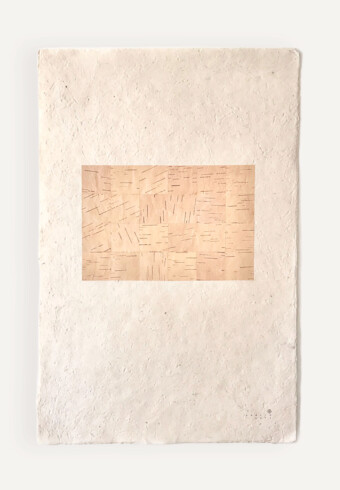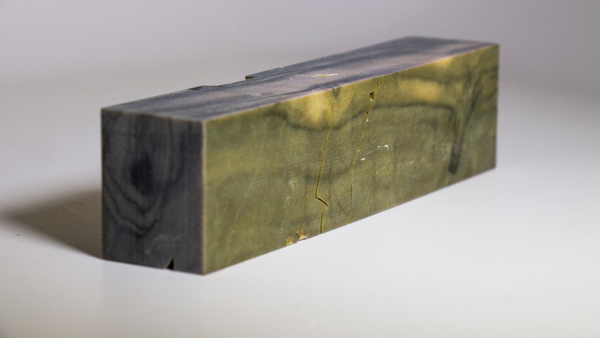
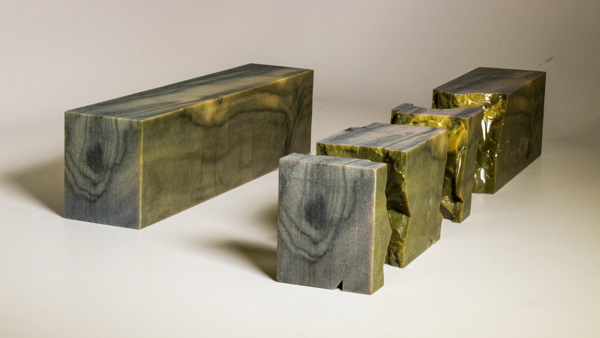
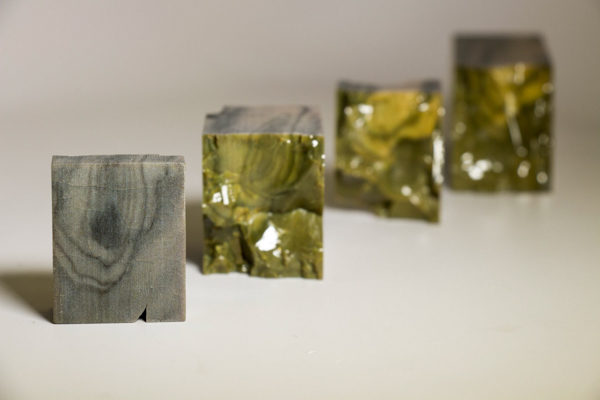
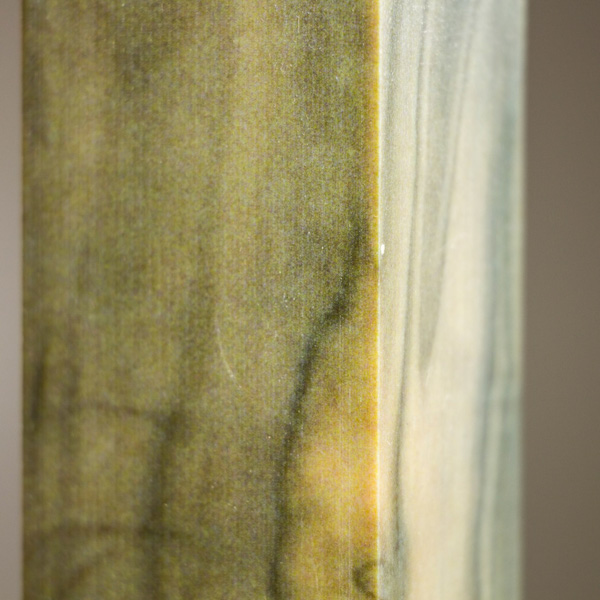
Digital wood Columbia university

It's a breakthrough in the 3D printing revolution for engineers at Columbia University. By using a voxel technique – a kind of pixel in the 3D universe – the printing of a block of “digital wood” was possible.
A block of resin was modeled on a sample of olive wood, its pattern and grain having been reproduced in its entirety. Due to the grain and the number of colors involved, this type of wood effect was previously impossible, but thanks to emerging technologies, engineers made this first try. They first used destructive tomographic imaging to photograph ultra-thin slices of wood, cut to 27 micrometers (0,027 millimeters) in width by a CNC milling machine. All 230 images were then fed to a Stratasys J750 PolyJet printer, capable of printing a variety of colors and materials. The result is an object very closely resembling the original block of wood, both in its exterior and interior appearance when the block is broken.
For more information on this project, an article was written by the researchers in the journal 3D Printing and Additive Manufacturing.



- Location: New-York, USA
- Year: 2020
Share



